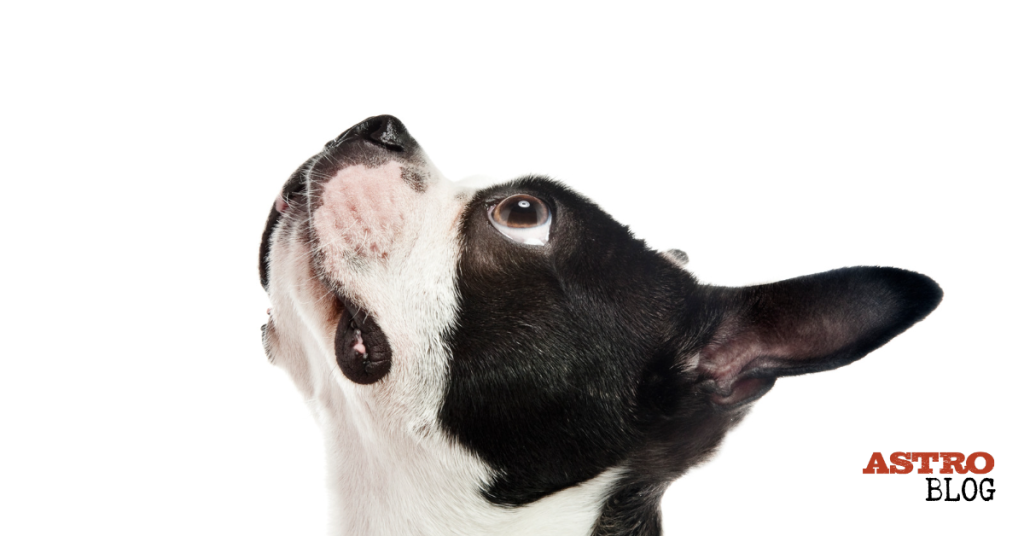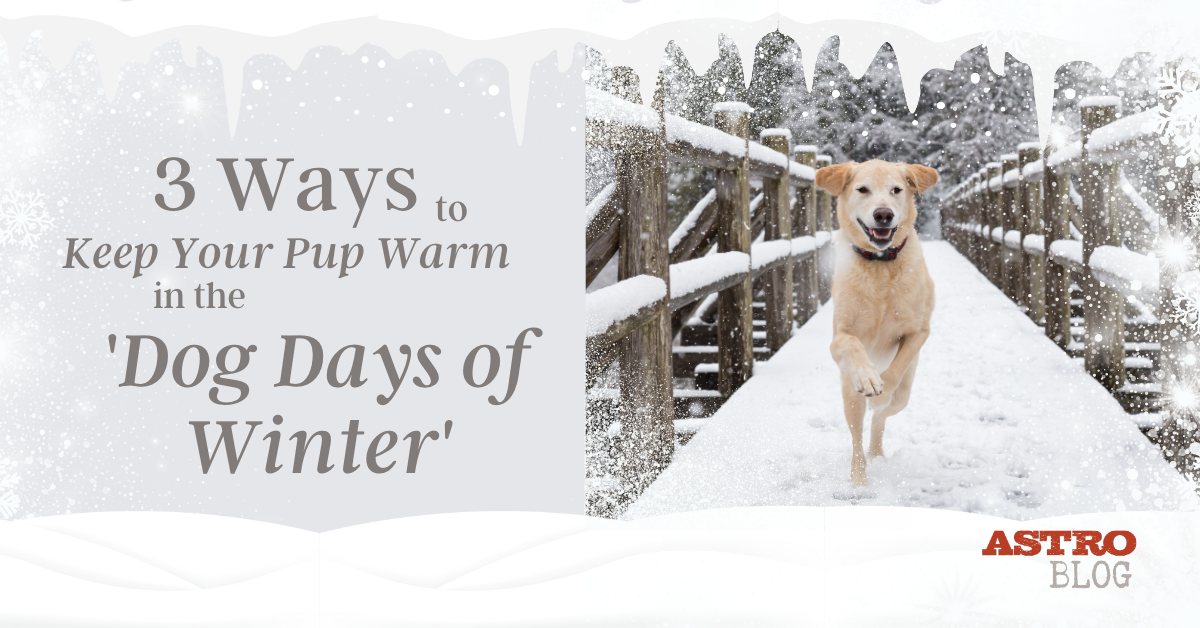For the most part, dogs share the same senses as humans. Our most loyal companions can’t sense magnetic fields (magnetoreception) like sea turtles and birds, nor can they use echolocation like bats and dolphins. Regardless, some canine senses are amplified to the point that humans would think they’ve developed superpowers if they could experience them.
A dog’s sense of smell and sense of hearing are both more developed than a human’s. Although, compared to humans, their sense of sight and sense of taste are generally not as effective. Keep reading to learn more about how your dog’s senses differ from yours and what it might be like to walk a mile in their paws.
Dogs Are Super Smellers

A dog’s nose is its most powerful tool. Though the strength of a dog’s sense of smell varies depending on their breed, they’re generally 10,000 to 100,000 times better at detecting odors than humans thanks to their numerous olfactory receptors.
If you’ve noticed your dog smelling another dog’s derrière upon meeting—or stopping to smell a well-known neighborhood bathroom-break tree—you may have wondered exactly what they’re doing. With their keen sense of smell, dogs can learn more about their canine friends than most people can learn from a quick conversation with a stranger. From a quick sniff, dogs can learn about the sniffee’s sex, health, mood, diet, and specific identity, among other things.
This smelling superpower extends to humans as well. Dogs can detect things such as illness and cancer, emotional changes, and stress. If your dog has ever seemed extra comforting when you’re overwhelmed or going through a period of grief, they’ve likely picked up on the subtle changes in the scent of your sweat, saliva, and respiration.
This is why dogs act as wonderful service animals for people with diabetes, as they can sense when blood sugar levels have dropped thanks to this super-sense.
Hounds and Hearing
Dogs can hear a higher range of sounds (think of a dog whistle), which allows them to hear sounds we cannot. A human’s hearing range is about 64a to 23,000 Hz, whereas a dog’s is 67 to 45,000 Hz. This comes in handy when detecting the sounds of rodents and other animals that are traditionally prey for canines.
Dogs can also move their ears independently, which helps them pinpoint sounds more effectively. This ability is thanks to the 18 muscles in and around their ears that help them perk up, tilt, and rotate their ears to better identify the origin of a sound. Though some of us can wiggle our ears as a party trick, we can’t rotate them around to better hear a sound how a dog can!

How Well Can Dogs See?

You’ve likely heard that dogs only see in black and white, but this isn’t the case. The cones in the human eye help us distinguish red from green and blue from yellow, but dogs (and many other mammals) are only equipped with cones that distinguish blue from yellow. This means that dogs are red-green color blind. In general, dogs also have worse distance vision than humans and can’t see far away objects as clearly.
Though humans may have the upper hand when it comes to seeing color and faraway landscapes, dogs have more rods in their retinas than humans. This means they’re better at sensing motion, even in dim lighting. In fact, dogs are reported to have 10 to 20 times greater motion sensitivity than humans.
Thanks to the tapetum lucidum, a part of the eye humans don’t have; dogs also have decent night vision. The tapetum lucidum reflects light through the retina, which increases the amount of light available to the photoreceptors. This is why dogs’ eyes glow in the dark or look especially lit up in photos taken with a flash.
Does Cat Poop Taste Like Chicken?
I know. I know. Gross. But I’m willing to bet you’ve known at least one pup who’s done it. Granted the reason your dog may find these 💩 nuggets appetizing could have more to do with a possible health issue than palatability, but as gross as it is, some pups enjoy the taste of other animals’ poops.
The average dog only has 1,700 taste buds, which is significantly less than the 9,000 taste buds we have. Despite this, dogs are thought to have the same taste classifications as humans, including sweet, sour, salty, and bitter, though their salt receptors aren’t as effective.

In addition to the tastes we’re used to experiencing, dogs have taste buds just for water. These taste buds geared toward water are found at the tip of the tongue in dogs, cats, and many other carnivores and primarily meat-eating omnivores. Studies show that these taste buds are more sensitive to water after animals eat salty or sweet foods, which can be dehydrating.
It’s also important to note that although dogs have fewer taste buds, their sense of taste is closely connected to their sense of smell, which is fantastic! This means that your dog still enjoys their food, especially if the aroma is extra enticing.
Final Words
Dogs’ heightened senses of smell and hearing and increased sensitivity to movement give them a life experience we could never imagine. They can smell through materials like snow and water, making them the perfect choice for search and rescue work or jobs in which they must detect dangerous materials.
Since they’re so sensitive to movement, they can also detect and react to changes in their surroundings and body language quickly, which makes them great bodyguards, guide dogs, police dogs, and more.
In many ways, dogs are more advanced creatures than we are, making them the fantastic companions and unique contributors to society that they are. The least we can do as pet parents is let our dogs stop to smell the roses—or less savory scents—on a walk and give them opportunities to use their super senses!












